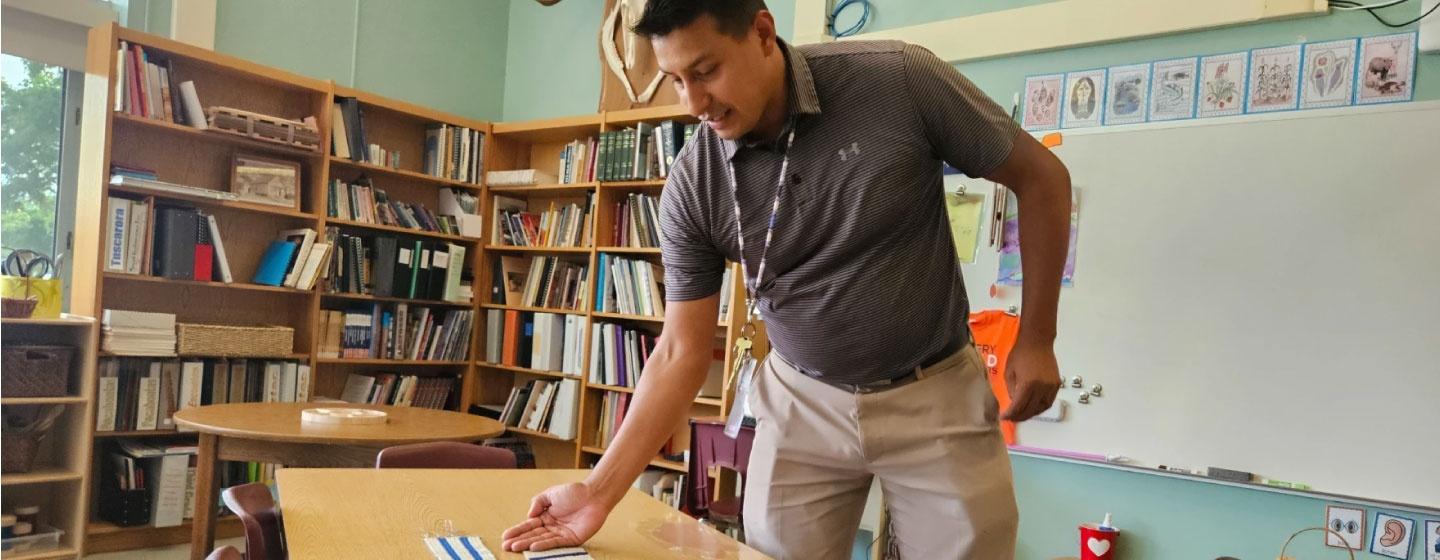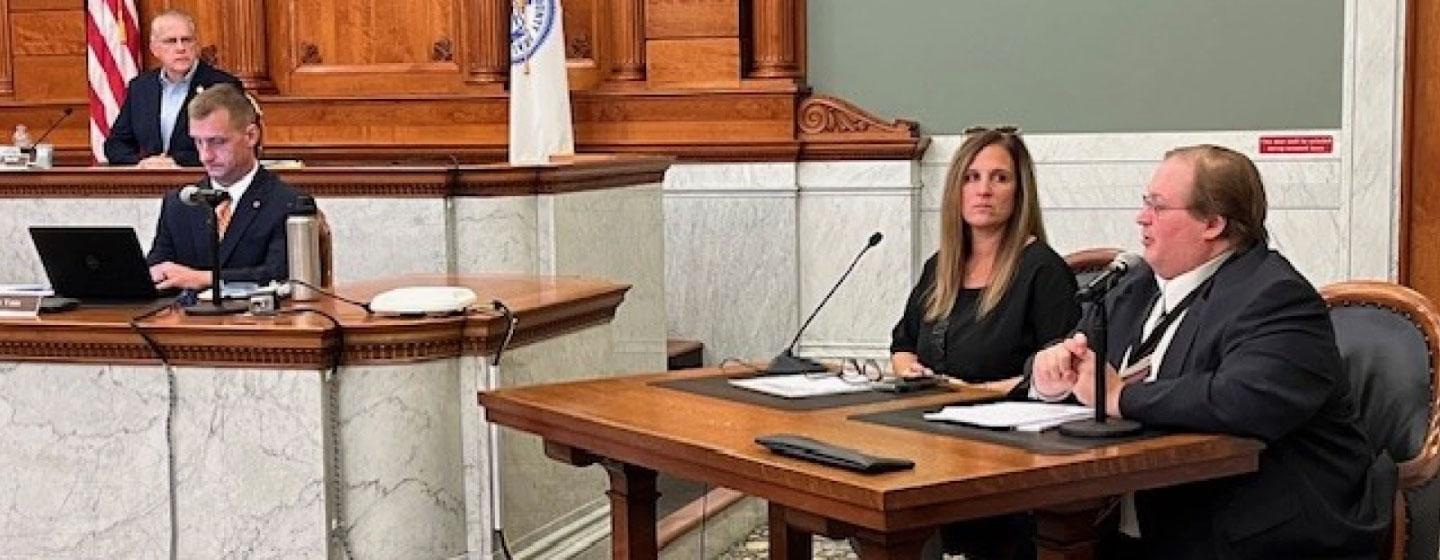Haudenosaunee Nations Using Language To Pass on Their Culture

The Tuscarora were on the brink of losing their language just a few years ago, with one remaining first-language speaker, and a few second-language speakers.
Thanks to the nonprofit group Bundled Arrows, the number of adult speakers is expanding, recently reaching a total of 13 speakers.
Bundled Arrows Executive Director Lynette Printup says her goal within the next 20 years is to have speakers whose first language is Tuscarora, also known as Skarure.
“They're going to be almost an adult in 20 years, and their first language was Skarure, that's a big goal," she said. "You know, that means that, not only are we teaching adults to speak, but those adults are teaching their children how to speak, and then we have the resources and the environment set up in our whole community to support a speaker.”
Bundled Arrows is one of several organizations and schools from Canada's Golden Horseshoe to Western New York working to preserve and pass on the Haudenosaunee languages.
It feels good teaching their language to a new generation of students, said Tuscarora Elementary School Language Teacher Aaron Printup, no relation to Lynnette.
“It's really amazing to sit here and hear kids using Tuscarora in the classes. It's really amazing to have them be able to read Tuscarora," he said. "We're kind of hitting, we're kind of rebounding now and building, just like you said, we're building up our speakers and our knowledge of Tuscarora within the students of the community, and the people of the community.”
Similar to Bundled Arrows, Kawenni:io School in Southern Ontario, is experiencing increased interest.
Amanda General acts as social development counselor for preschool to eighth grade students, and as a guidance counselor for high school students. The bonds built during the language immersion process don’t end with graduation, she said.
“My teachers that I've had over the years … I don't look at them as my teachers. They became my, like my grandparents, they became my aunties," General said. "They became my family, you know, like they are my family, and I look at them and I respect them in that sense, even to this day, you know, they're very respected and I and it's not only being in the classroom, it's like outside of here, it's our community.”
Kawenni:io School is unique because students can learn Mohawk or Cayuga, and 100% of classes are in those languages until English integration starts in seventh grade.
But the school doesn’t have a dedicated building, which means limited capacity and a long wait-list.
Kawenni:io School recently was awarded almost $27 million Canadian, or almost $20 million U.S. from the Six Nations Council to build a new school.
Having its own building will go a long way toward increasing the school’s enrollment, General said.
“We started to see, like, new students, registrations coming in and we're running out of space. This year, we needed a new, another classroom, so our resource room kind of got moved into a class, like, changed around to a classroom, you know," she said. "So we're trying to use this as much -- We're running out of space for storage, we're running out of space for classrooms, you know, our numbers are going up. I'm excited for the new school.”
Financial factors also limit the number of people who participate in the Bundled Arrows program, because the learning process is so time-intensive that the organization pays participants to attend, Lynette Printup said.
“We're asking our adults to carry our language for us. We're asking them to learn it and pass it on. We can't pay them a lot but we do pay them, you know, minimum wage to be here for 30 hours a week, because that's what it takes," she said. "Our cohort went 30 hours a week for two years, and all they're doing is speaking to each other. So they're in a room talking to the same people for 30 hours a week.”
She says most of the program’s recent graduates are staying involved in the program, either helping teach or taking the class a second time.
This article was originally published on WBFO.
Related

NYS Board of Elections Sends in Workers To Help Onondaga Board Relieve Severe Backlog
County elections commissioners first told WAER News they faced a 20,000 voter backlog in late September, apparently sounding alarm bells for state officials.


